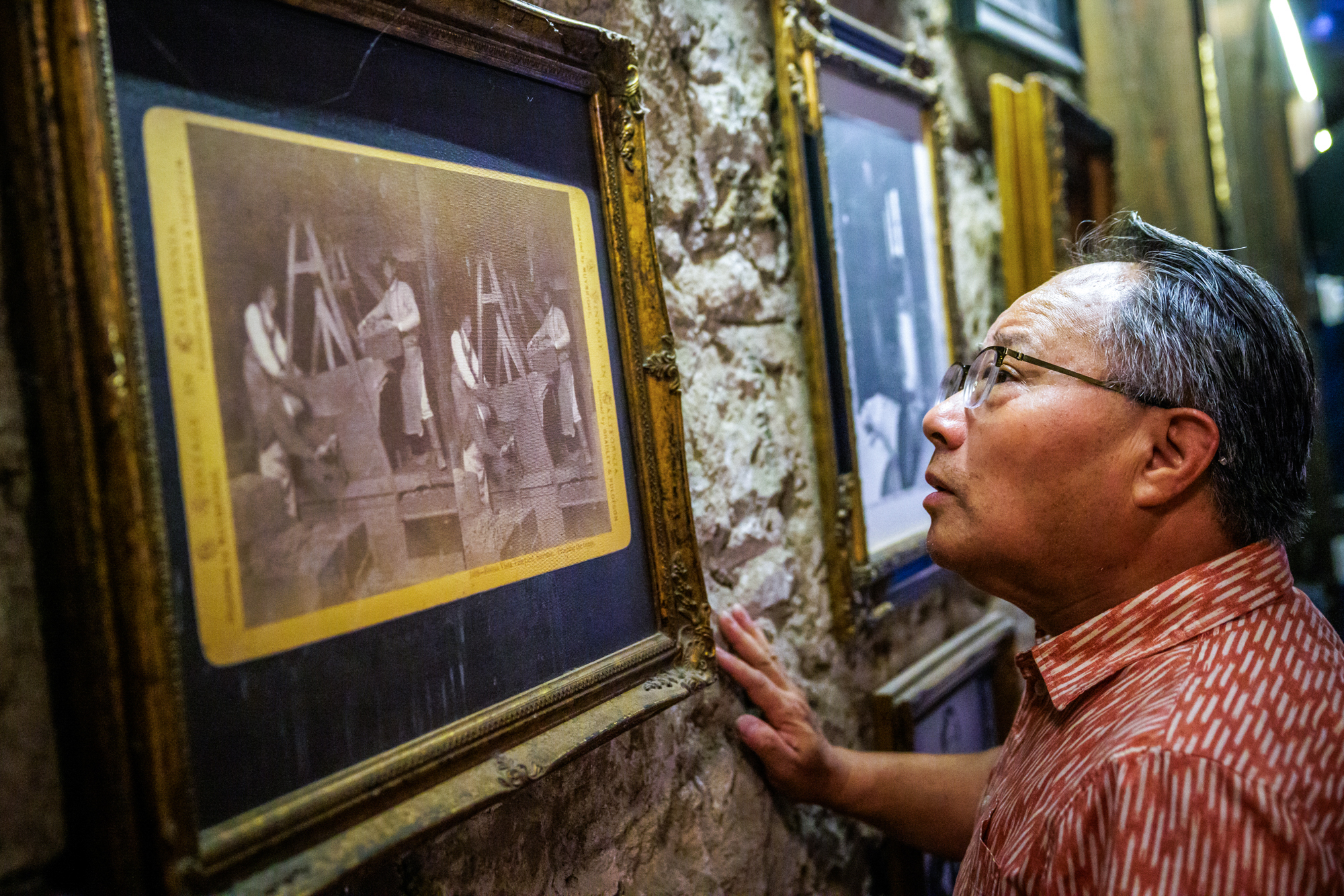
"A Chinese character engraved on the stone wall of a press house. A knocker on a wine cellar door in the shape of a koi fish. A long abandoned Chinese bunkhouse now used to store winery signage. "By the 1880s, Chinese were 80% of the labor force in agriculture of that region," said David Lei, a board member of the Chinese Historical Society of America."
"They were paid about a third less than their white counterparts, and employers didn't have to provide room and board, since the Chinese workers ate their own food and stayed in their own camps. The workers' eating habits, in turn, ensured their health: porcelain dishware didn't absorb contaminated water and boiled tea water kept bacteria at bay. Yet after decades of work in Sonoma and Napa Valleys, everything changed in 1882 with the introduction of the Chinese Exclusion Act."
Chinese laborers formed the majority of the agricultural workforce in Sonoma and Napa Valleys by the 1880s, building iconic vineyards and leaving physical traces like Chinese characters on press house walls, koi-shaped door knockers, and abandoned bunkhouses. Employers paid Chinese workers about a third less and allowed self-provisioning in separate camps, whose porcelain dishware and boiled tea reduced disease. The 1882 Chinese Exclusion Act halted immigration and contributed to erasure of these workers' roles. Economic depression and early Prohibition precursors led many wineries to close in the 1890s. Historians and activists now work to preserve and publicize this overlooked history.
Read at Kqed
Unable to calculate read time
Collection
[
|
...
]